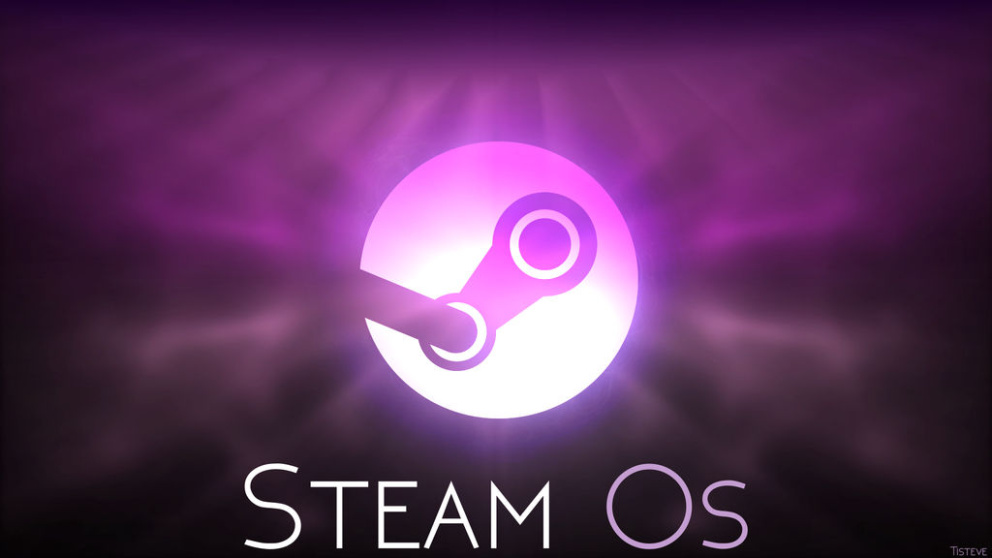SteamOS The Future of Gaming on Linux
Introduction
SteamOS is a Linux-based operating system developed by Valve
Corporation, designed primarily for gaming. Initially released in 2013, SteamOS
aims to bring the vast library of Steam games to the living room by offering a
console-like experience on PC hardware. Over the years, SteamOS has evolved,
with its latest iteration, SteamOS 3.0, powering Valve’s handheld
gaming device, the Steam Deck.
In this article, we’ll explore SteamOS—its features,
benefits, compatibility, and how it stands as a strong alternative to Windows
for gaming.
What is
SteamOS?
SteamOS is a Debian-based Linux distribution optimized
for gaming. It integrates Valve’s Steam platform, allowing users to access
their Steam library seamlessly. Unlike traditional operating systems, SteamOS
is designed to be user-friendly for gamers, offering a Big Picture Mode—a
full-screen interface optimized for TVs and controllers.
Key
Features of SteamOS
- Built
for Gaming – Optimized for performance with low overhead, SteamOS
provides a smooth gaming experience.
- Steam
Deck Compatibility – SteamOS 3.0 is the backbone of the Steam
Deck, offering a portable PC gaming experience.
- Proton
& Linux Gaming – Uses Proton (a
compatibility layer based on Wine) to run Windows games on Linux.
- Big
Picture Mode – A controller-friendly UI for couch gaming.
- Open-Source
& Customizable – Users can modify the OS or install
additional software.
SteamOS
Versions: From 1.0 to 3.0
SteamOS 1.0 & 2.0 (Legacy Versions)
- Initially
based on Debian 7 (Wheezy).
- Focused
on bringing Steam to the living room via Steam Machines (Valve’s
now-discontinued hardware initiative).
- Included dual-boot
support with Windows.
SteamOS
3.0 (Current Version)
- Based
on Arch Linux (unlike previous Debian versions).
- Optimized
for the Steam Deck but also available for PCs.
- Uses Proton
8.0+ for better Windows game compatibility.
- Features Game
Mode and Desktop Mode, allowing flexibility between
gaming and productivity.
Why
Choose SteamOS Over Windows?
Advantages
✅ Free & Open-Source –
No licensing fees, and users can modify the OS.
✅ Optimized for Gaming – Lower system overhead
compared to Windows.
✅ Seamless Steam Integration – Direct access to
Steam features like Remote Play, Family Sharing, and Cloud Saves.
✅ Windows Game Compatibility – Proton enables
thousands of Windows games to run smoothly.
✅ Privacy-Focused – No telemetry or forced
updates like Windows.
Challenges
⚠️ Limited Non-Steam Game
Support – Some third-party launchers (Epic, Origin) require
workarounds.
⚠️ Driver
Support – Some hardware (especially Nvidia GPUs) may need extra
configuration.
⚠️ Not
All Games Work – Anti-cheat software (EAC, BattlEye) can block some
multiplayer games.
How to
Install SteamOS?
Currently, Valve has not released an official standalone
installer for SteamOS 3.0, but alternatives exist:
Option 1: HoloISO (Community SteamOS 3.0)
- A
third-party project that replicates SteamOS 3.0 for PCs.
- Download
from GitHub.
Option 2: SteamOS 2.0 (Legacy)
Installation Steps (General)
- Download
the ISO and create a bootable USB (using Rufus or BalenaEtcher).
- Boot
from USB and follow the installer.
- Configure
partitions (dual-boot possible).
- Install
Steam and log in to access your library.
The
Future of SteamOS
With the success of the Steam Deck, Valve is
continuously improving SteamOS. Future updates may include:
- Better
Windows game compatibility (Proton improvements).
- Official
standalone release for PCs.
- Enhanced
performance optimizations for AMD & Intel GPUs.
- More
gaming-focused features like cloud sync and AI upscaling.
Conclusion
SteamOS represents a bold step toward Linux gaming,
offering a viable alternative to Windows. With Proton’s advancements and
the Steam Deck’s popularity, SteamOS is becoming more relevant
than ever. Whether you're a casual gamer or a Linux enthusiast, SteamOS
provides a streamlined, open-source gaming experience.









